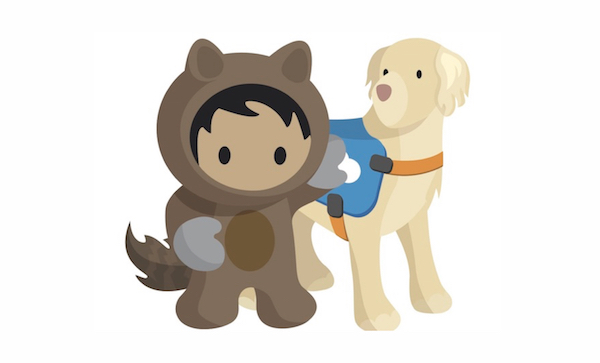Today on the Salesforce Admins Podcast we’re talking to Adam Rodenbeck, Senior User Experience Team Member at Salesforce, to wrap up our two-part series focused on building accessible apps. We look at his experience developing accessible apps from both the admin and the developer side of things and do a demo live on the pod […]






